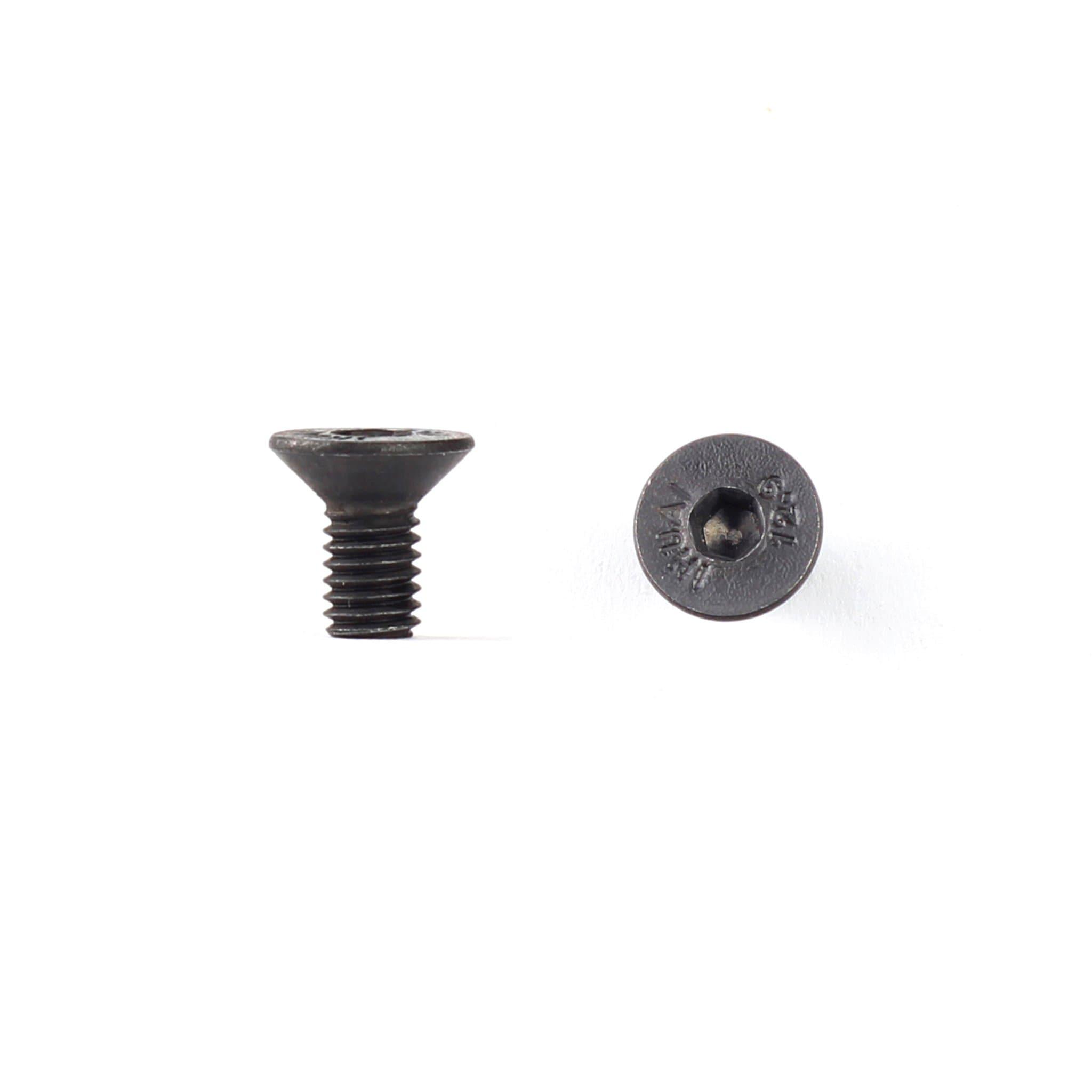8 Key Points About Screw For Insert Knife
When it comes to securing insert knives in woodworking tools such as planers or jointers, the type of screw used is crucial for proper installation and performance. The screw for insert knives is specifically designed to securely hold the knife in place while allowing for easy removal and replacement when necessary. Here are some important considerations regarding screws for insert knives:
1. Size and Thread: The size and thread of the screw should match the specifications of the insert knife and the tool it is being used in. Common sizes for insert knife screws include #6, #8, and #10, with varying lengths to accommodate different knife thicknesses. The thread pitch should be compatible with the threaded holes in the tool's cutterhead or knife holder.
2. Material: Screws for insert knives are typically made of high-quality steel or stainless steel. These materials offer strength, durability, and corrosion resistance, ensuring the screw can withstand the forces involved in cutting and remain securely fastened over time.
 M5x12 Screw For Insert Knife
M5x12 Screw For Insert Knife
3. Head Style: The head style of the screw can vary, but the most common types used for insert knives are flat-head and countersunk screws. Flat-head screws sit flush with the surface of the insert knife, while countersunk screws have a cone-shaped head that fits into a corresponding countersunk hole in the knife. The choice of head style depends on the design of the knife and the tool it is used in.
4. Drive Type: The drive type refers to the shape of the recess in the screw head that allows for turning the screw. Common drive types for insert knife screws include Phillips, Allen (hex), and Torx. The chosen drive type should be compatible with the corresponding bit or driver you have available for ease of installation and removal.
5. Screw Length: The length of the screw should be appropriate for the thickness of the insert knife and the depth of the threaded hole in the cutterhead or knife holder. It is important to choose a screw length that provides enough engagement to securely hold the knife without protruding excessively.
6. Installation: When installing insert knives, it is essential to follow the manufacturer's instructions for your specific woodworking tool. Typically, the screws are inserted through the holes in the knife and threaded into the corresponding holes in the cutterhead or knife holder. Use the appropriate tools and techniques to ensure proper tightening without overtightening, which could damage the knife or the tool.
7. Replacement: Over time, insert knives may need to be replaced due to wear or damage. When replacing knives, it is recommended to replace the screws as well. This ensures that you have a fresh set of screws that are in good condition and provide proper holding power for the new knives.
8. Maintenance: Regular maintenance of the screws and insert knives is important to ensure optimal performance. Periodically check the screws for tightness and make any necessary adjustments. Clean the screws and knife seatings to remove any debris or residue that may affect the installation or performance.
When selecting knife insert screws
, it is advisable to refer to the manufacturer's recommendations and specifications for your specific woodworking tool. Following the proper guidelines for screw size, thread, material, and installation will help ensure secure and reliable performance of the insert knives in your woodworking projects.
|

